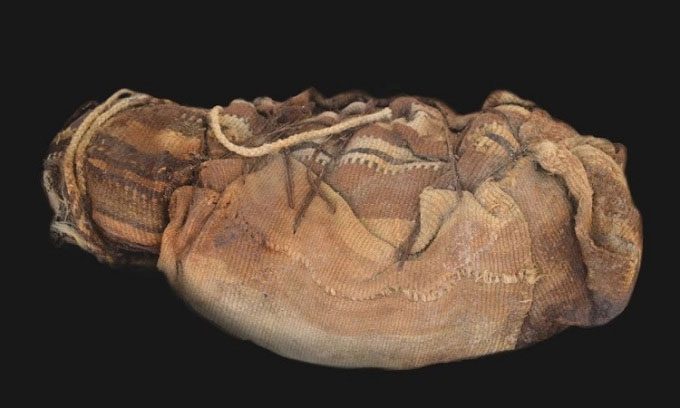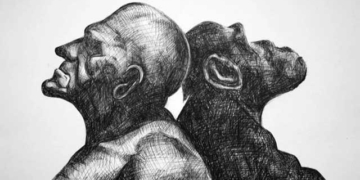The hair sample from a child sacrificed in ancient Peru reveals that the victim consumed hallucinogenic plants before death.
Thousands of years ago, a child in Peru was sacrificed in an ancient ritual and beheaded as a trophy. New analysis of a hair strand taken from the skull of the mummy reveals that the child had consumed the San Pedro cactus (Echinopsis pachanoi), a plant containing strong hallucinogens, prior to the execution as part of the ritual. Researchers are expected to publish their findings in the December 2022 issue of Archaeological Science.

The mummy of a child who consumed coca leaves. (Photo: Dagmara Socha)
A team of experts led by Dagmara Socha at the Andes Research Center, University of Warsaw, Poland, excavated the remains in the Nazca Project, an archaeological program that began in 1982. Although the gender and age of the victim at the time of death are not yet known, they reported that the child had consumed San Pedro cactus (Echinopsis pachanoi), a type of spiny plant that contains potent hallucinogens, commonly used by indigenous peoples of the Americas for medicinal and ritualistic purposes. The child’s intact head is one of 22 remains associated with the Nazca culture examined in the study. All of them lived during the pre-Columbian period (circa 3500 BC – 476 AD) and were buried near the southern coastal region of Peru.
“The trophy head is the first case of an individual who consumed San Pedro cactus living in the southern coastal region of Peru. This is also the first evidence indicating that some sacrificial victims were forced to use stimulants before death,” Socha stated.
In the study, Socha and colleagues collected hair samples from four trophy heads (three of which belonged to adults) and 18 mummies of both adults and children. Toxicological tests revealed that many had consumed hallucinogenic or stimulant plants before death, including coca leaves (which contain cocaine) and San Pedro cactus (which contains mescaline). The research team also found traces of Banisteriopsis caapi, the main compound in ayahuasca, a drink that contains harmine and harmaline (two compounds used in modern antidepressants). The use of these compounds dates back to between 100 BC and 450 AD.
While there is substantial evidence that these plants were used for medicinal and ritualistic purposes, Socha and colleagues are still unclear about the extent of consumption within the Nazca civilization. In addition to human remains, the research team also discovered various burial goods in the graves, including textiles, ceramic vessels, weaving tools, and chuspa, a type of bag used to hold coca leaves.





















































